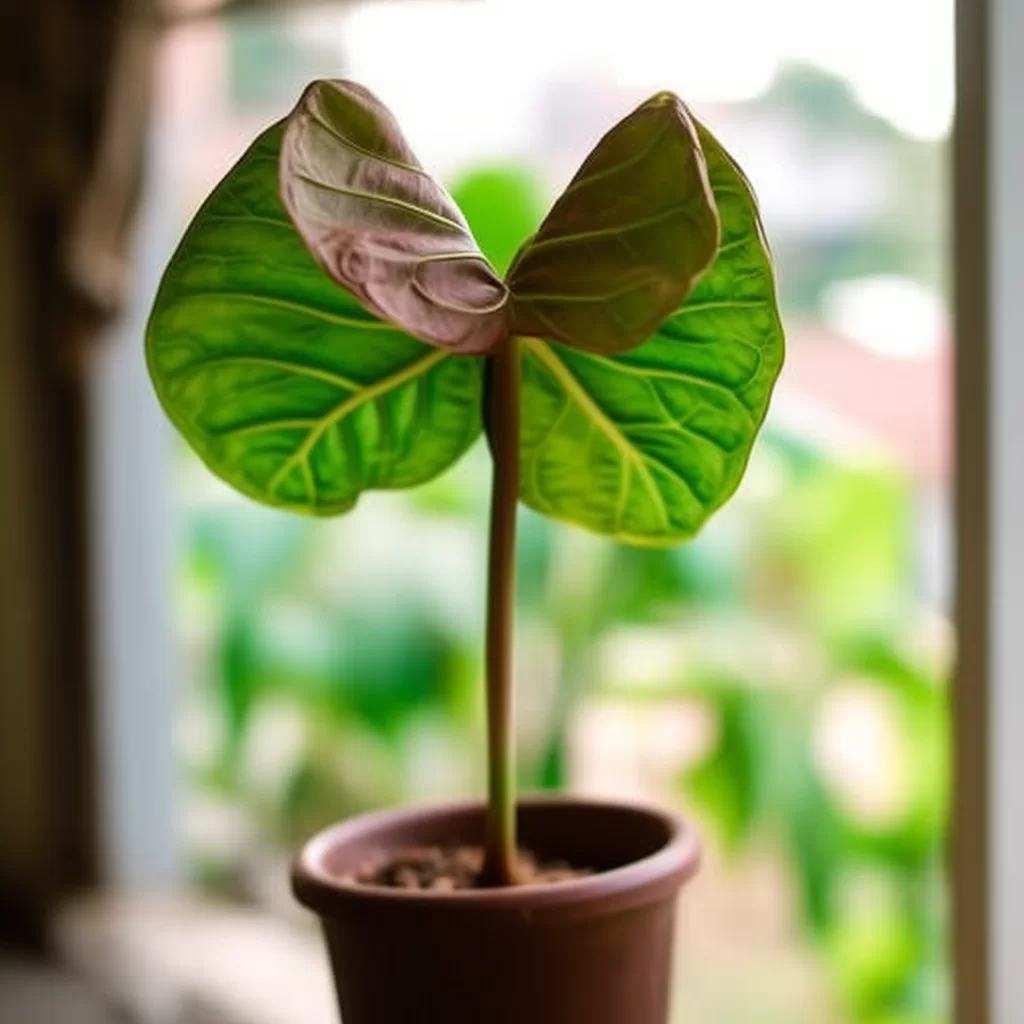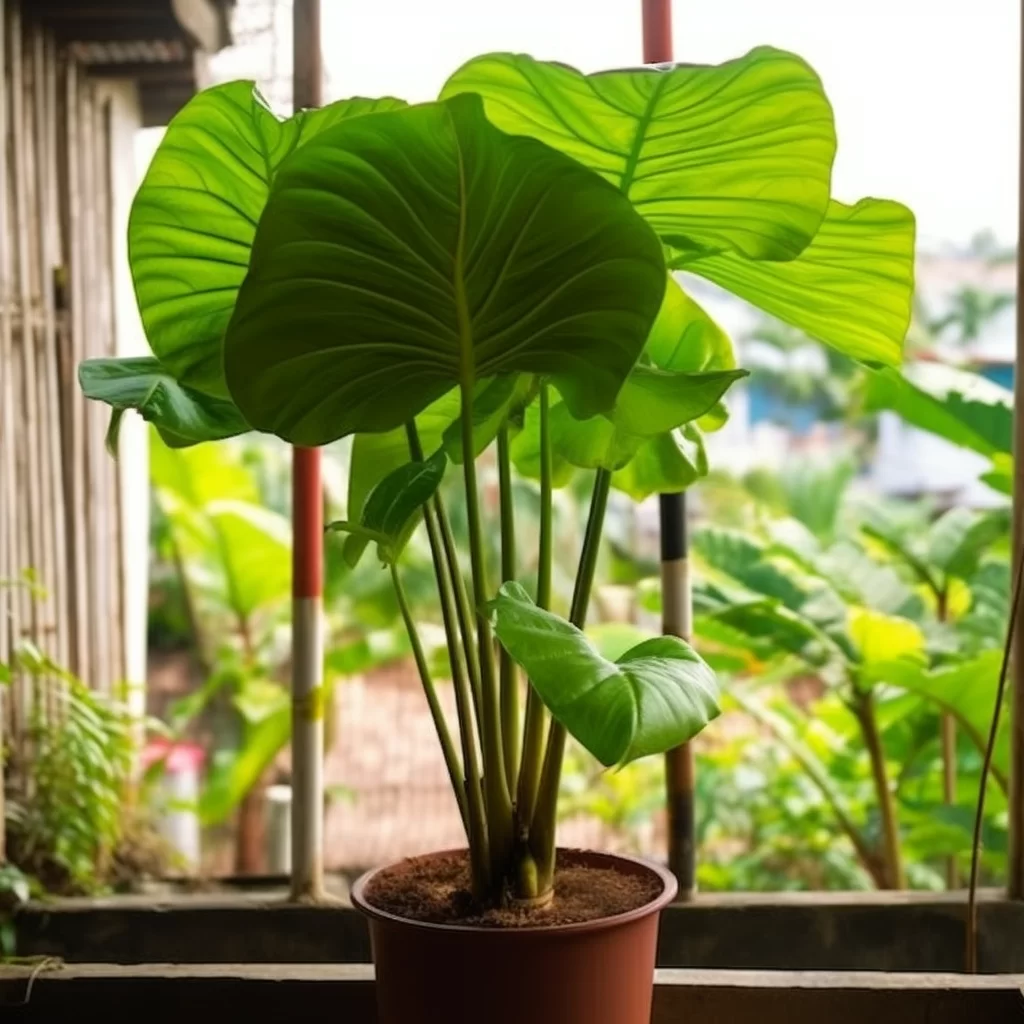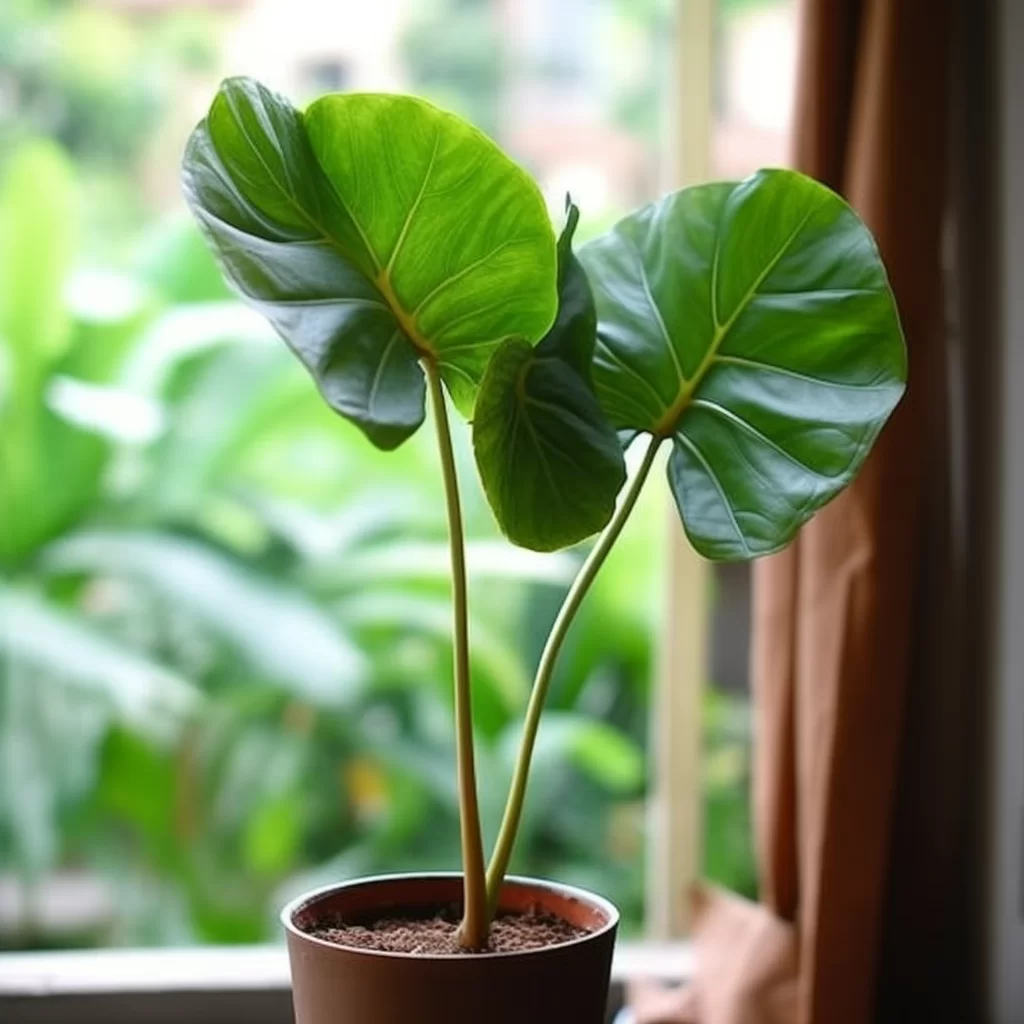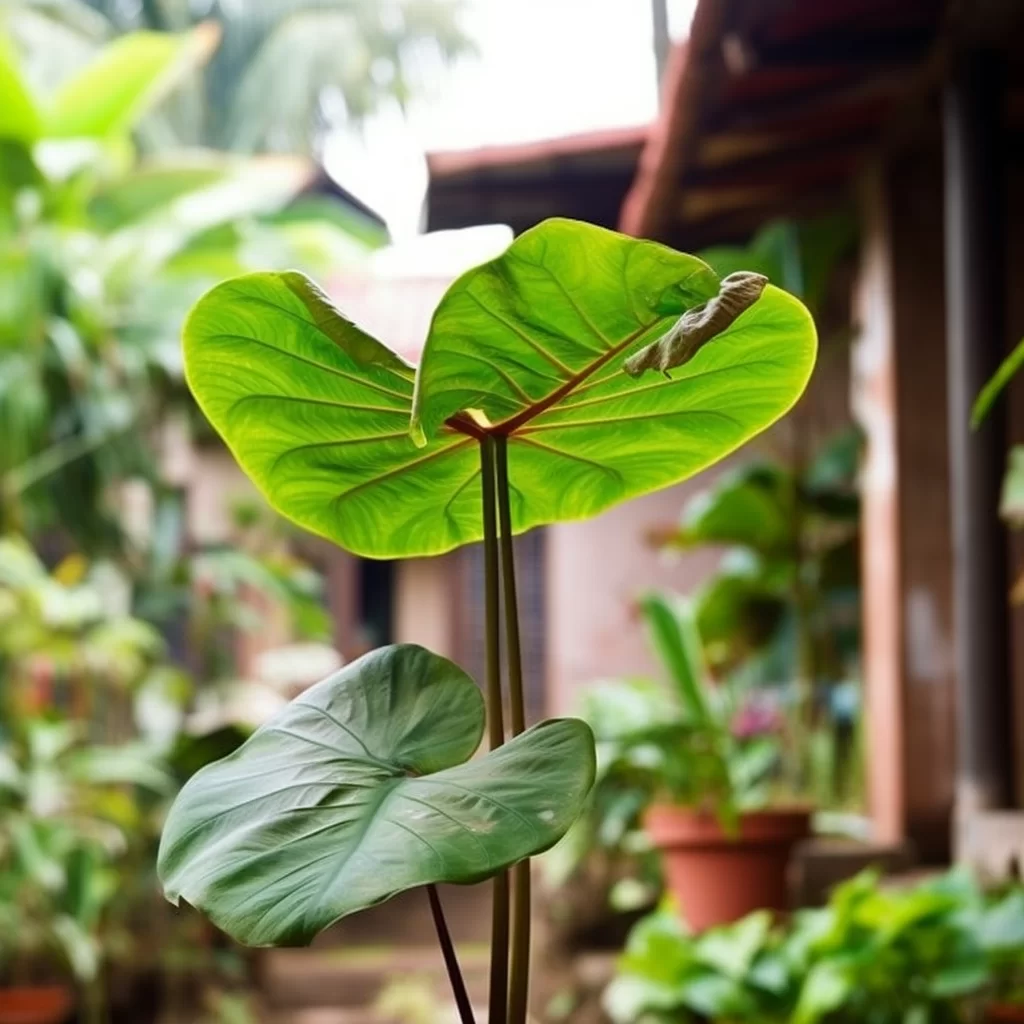Story of Day :
Contents
Colocasia Plant: A Complete Guide and Care Tips
If you want to add some exotic flair to your outdoor space, the colocasia plant is a fantastic choice.
With its oversized leaves and distinctive foliage, this plant is also known as elephant ears or taro plants.
However, it’s essential to learn how to care for them correctly before you bring one home.
In this guide, we’ll walk you through everything you need to know about caring for your colocasia plant.First and foremost, you should be aware that the colocasia plant thrives in moist conditions and requires plenty of water.
This means that it’s best suited for areas with high humidity levels or regular rainfall.
Additionally, the soil should be rich in nutrients and well-draining so that excess water doesn’t accumulate around the roots.
Finally, while these plants can tolerate some shade during the hottest parts of the day, they prefer bright but indirect sunlight for most of their growing period.
By providing these conditions along with proper pest control measures as needed (such as insecticidal soap), your colocasia will flourish beautifully!
What is a Colocasia Plant?
The colocasia plant is a type of herbaceous perennial that grows in warm and humid areas all over the globe.
It is part of the Araceae family, which includes some of the most beloved houseplants like philodendrons and peace lilies.
This plant can be easily identified by its large, heart-shaped leaves with prominent veins, which are often seen in shades of green or purple. As a tropical plant species, colocasia thrives in moist soil and needs plenty of water to grow.
As a tropical plant species, colocasia thrives in moist soil and needs plenty of water to grow.
Gardeners love to cultivate these plants for their unique foliage that can add an exotic touch to any indoor or outdoor space.
Whether you are looking to brighten up your living room or create an inviting oasis in your backyard garden, the colocasia plant is a fantastic addition that will not disappoint!
There are a plethora of plant varieties available today, each with its own unique characteristics.
One such feature that makes plants stand out is their foliage.
Depending on the type you choose, the shape, size, and color of the leaves can vary significantly.
Some have pointed edges while others have curved ones; some are small and delicate while others are large and robust.
Additionally, these leaves come in various shades of green and other colors such as reds or yellows.One exciting aspect of owning plants with different foliage types is how they can complement each other when grouped together in a garden or indoor space.
They add an additional layer of visual interest to your environment effortlessly.
Not only do they provide beauty but also make for excellent conversation starters with guests who visit your home or office space!
Where to Plant Your Colocasia

The first step in caring for your colocasia plant is finding the perfect spot in your garden where it can thrive:
- Light: These plants love bright but indirect sunlight so avoid placing them in direct sunlight which can scorch their leaves.
- Soil: They require well-draining soil that’s rich in organic matter like compost or leaf mold.
- Water: Colocasias love moist soil but don’t overwater as this can lead to root rot.
Water once or twice a week during warmer months and reduce watering during winter when growth slows down.
- Fertilizer: Use slow-release fertilizer once every four to six weeks during the growing season (spring through fall) to provide your plant with the necessary nutrients.
- Climate: Colocasia plants thrive in warm and humid climates.
If you live in a cooler climate, consider planting them in containers so you can move them indoors during winter.
How to Propagate Your Colocasia Plant
If you’re looking to expand your colocasia plant collection, dividing the existing plants is the best way to do it.
The perfect time to carry out this process is in spring when new growth starts emerging.
In order to successfully divide the plant, carefully take it out of its container or garden bed.
You can then use gardening shears or a sharp knife to slice into the rhizome – that’s the underground stem which spreads out and produces roots from nodes along its length – ensuring that each division has at least one root system attached.
This ensures that each newly propagated plant will have a strong foundation for healthy development.By dividing your colocasia plants, not only are you able to propagate them and increase their number but also ensure their good health.
Since every division comes with a complete root system, you’re giving it all they need for successful growth post-transplanting.
Moreover, since this process only takes place once in a while (once per year), it allows ample time for soil replenishment and nurturing of any remaining plants: this ultimately results in beautiful and robust foliage that will delight any gardener!

If you’ve just divided your plants, it’s time to give each section a new home.
To ensure that they thrive in their new environments, plant each division in its own pot or garden bed filled with soil that drains well.
Don’t forget to water them thoroughly after planting! While your plants adjust to their new homes, make sure they receive bright but indirect sunlight for the first few weeks.
This will help them establish themselves and develop strong roots before being exposed to direct sunlight.
By giving your divided plants a little extra care and attention during this period, you’ll set them up for success and enjoy a beautiful garden full of healthy, thriving greenery.
Pests and Diseases That Affect Colocasia Plants
Colocasias are generally hardy plants but like any other plant, they’re susceptible to pests and diseases:
- Aphids: These tiny insects suck sap from leaves causing yellowing and stunted growth.
Control aphids with insecticidal soap spray or neem oil.
- Spider mites: These pests can cause webbing on leaves which leads to yellowing foliage.
Control spider mites by spraying your plant with water every few days or using insecticidal soap spray.
- Fungal diseases: Overwatering can lead to fungal diseases like leaf blight which causes yellow spots on leaves that eventually turn brown.
Avoid overwatering and allow soil surface dry out before watering again; remove affected leaves promptly.

In Conclusion..x
The colocasia plant is a must-have if you want to add some uniqueness and beauty to your garden.
It can survive for many years, providing stunning leaves that will catch anyone’s eye.
To keep it healthy and thriving, ensure that it gets bright but indirect sunlight and use well-draining soil when planting.
Overwatering can be detrimental, so water regularly but with moderation, and apply fertilizers every four to six weeks during the growing season.
Keeping pests and diseases at bay is also important for the plant’s wellbeing.Overall, taking care of a colocasia plant isn’t too difficult if you follow these simple steps.
With its striking leaves in various colors, this plant will make an excellent addition to any outdoor space or indoor area with enough light exposure! Happy gardening!